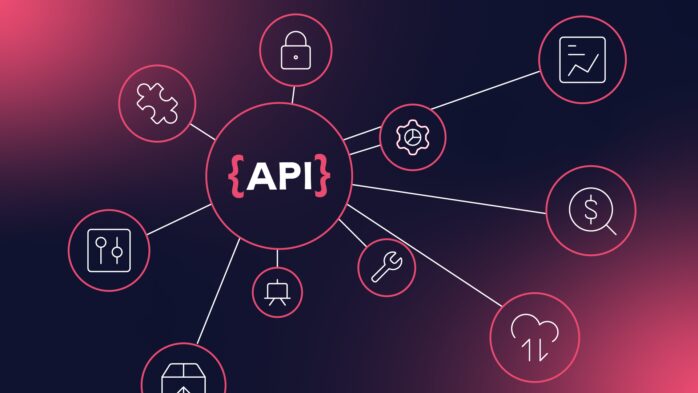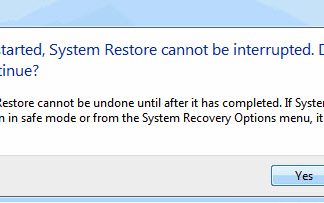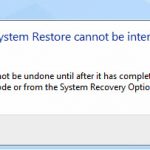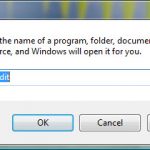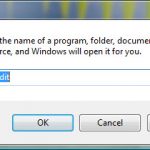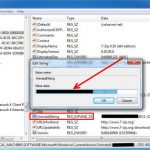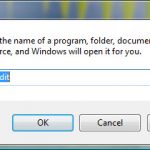Building a blockchain API can be a challenging task, especially if you are new to blockchain technology. There are many considerations to keep in mind, including security, scalability, and ease of use.
In this article, we will discuss the best practices and common pitfalls of building a blockchain API. We will also provide tips to help you design an effective blockchain API architecture, implement security measures, and test and debug your blockchain API.
Key Considerations for Building a Blockchain API

Before you start building your blockchain API, there are several key considerations you need to keep in mind. First, you need to choose the right blockchain platform for your needs. There are several blockchain platforms available, including Ethereum, Hyperledger Fabric, and Corda, each with its own strengths and weaknesses.
Once you have chosen a blockchain platform, you need to determine the scope of your blockchain API. What features and functionality do you need to provide to your users? Will your blockchain API be public or private? Will it be open source or closed source? These are all important questions to ask before you start building your blockchain API.
Another important consideration is the user experience. Your blockchain API should be easy to use and intuitive, with clear documentation and error messages. You should also consider providing SDKs or libraries for popular programming languages to make it easier for developers to integrate your blockchain API into their applications.
Designing an Effective Blockchain API Architecture
Designing an effective blockchain API architecture is crucial to the success of your project. Your blockchain API architecture should be scalable, secure, and easy to maintain. Here are some best practices to keep in mind when designing your blockchain API architecture:
- Use a microservices architecture: A microservices architecture can help you create a modular and scalable blockchain API. Each microservice can be developed and deployed independently, making it easier to maintain and update your blockchain API over time.
- Use RESTful APIs: RESTful APIs are a popular choice for building blockchain APIs because they are easy to use and can be accessed from any programming language or platform.
- Use caching: Caching can help improve the performance of your blockchain API by reducing the number of requests to the blockchain network.
- Use message queues: Message queues can help you manage asynchronous requests and improve the scalability of your blockchain API.
- Use load balancers: Load balancers can help distribute traffic evenly across your blockchain API servers, ensuring that your API remains responsive even during periods of high traffic.
Implementing Blockchain API Security Measures

Security is a critical component of any blockchain API. Here are some best practices to keep in mind when implementing security measures for your blockchain API:
- Use SSL/TLS: SSL/TLS can help encrypt traffic between your blockchain API and its users, preventing man-in-the-middle attacks and other security threats.
- Use authentication and authorization: Use authentication and authorization to ensure that only authorized users can access your blockchain API.
- Use rate limiting: Rate limiting can help prevent denial-of-service attacks and other forms of abuse by limiting the number of requests that can be made to your blockchain API within a certain period of time.
- Use immutable data structures: Immutable data structures can help prevent unauthorized modifications to your blockchain network.
Testing and Debugging Your Blockchain API
Testing and debugging your blockchain API is essential to ensure that it works as intended. Here are some best practices to keep in mind when testing and debugging your blockchain API:
- Use automated testing: Automated testing can help you quickly identify and fix bugs in your blockchain API.
- Use code reviews: Code reviews can help you identify potential security vulnerabilities and other issues in your blockchain API.
- Use logging and monitoring: Logging and monitoring can help you identify and diagnose issues with your blockchain API in real-time.
- Use a staging environment: Use a staging environment to test your blockchain API in a production-like environment before deploying it to your users.
Conclusion
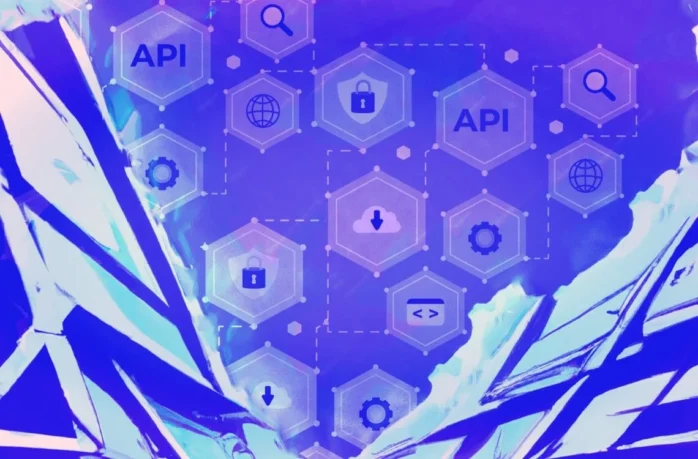
Building a blockchain API can be challenging, but by following these best practices, you can ensure that your blockchain API is secure, scalable, and easy to use. Whether you are building a blockchain API for a public or private blockchain platform, these best practices will help you avoid common pitfalls and ensure the success of your project.

